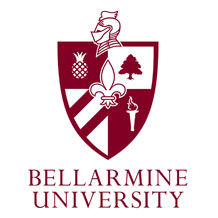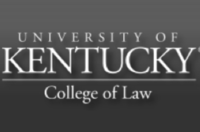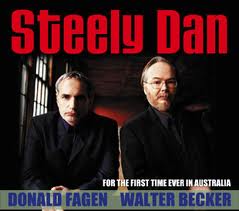Saying “no” when it is necessary is important. How you say no can be even more important.
As Mark Twain once quipped the difference between the right word and the almost right word is like the difference between lightening and a lightening bug.
His point was well taken as a maxim for literary precision.
But a similar emphasis should be placed on the manner or tone or context with which one delivers messages to others, especially messages with a negative impact. Like conveying that the answer to a request or proposal or simple question is “no.”
Simply saying the word no, may seem to be adequate for message purposes but is hardly ever sufficient for full communication purposes. It is only a partial response that ignores acknowledging the time, resources, preparation and hopefulness invested in the endeavor awaiting a final reply. And deserves more work on the responding end than a mere thumbs down.
 Think of Mary Poppins; advice that a “Spoonful of sugar helps the medicine go down.” Good life advice with multiple applications.
Think of Mary Poppins; advice that a “Spoonful of sugar helps the medicine go down.” Good life advice with multiple applications.
The next time you say “no” to someone think of your role as being more akin to giving a eulogy to the deceased than serving as the executioner.
Unless, of course, you are in to that sort of thing. Some people secretly relish delivering harsh rejections– with an almost mild sadistic delight, But be ready to be haunted by the ghosts of bad news being explained badly (or sensitive news being explained insensitively).
The consequences of good and bad bedside manner is seen in every type of office everywhere….not just the ones inhabited by doctors and the medical profession.
So think of it this way. If good bedside manner is what distinguishes to a large degree great doctors from merely good technical doctors, couldn’t that be true in other professions too.
Good bedside manner is not something that requires a knowledge of medicine or other technical expertise. It merely requires a basic level of respect for the person or client or patron you are talking to. And the extra time to craft a sentence or two that uses both the word no and conveys the message thank you.

















Leave a Reply